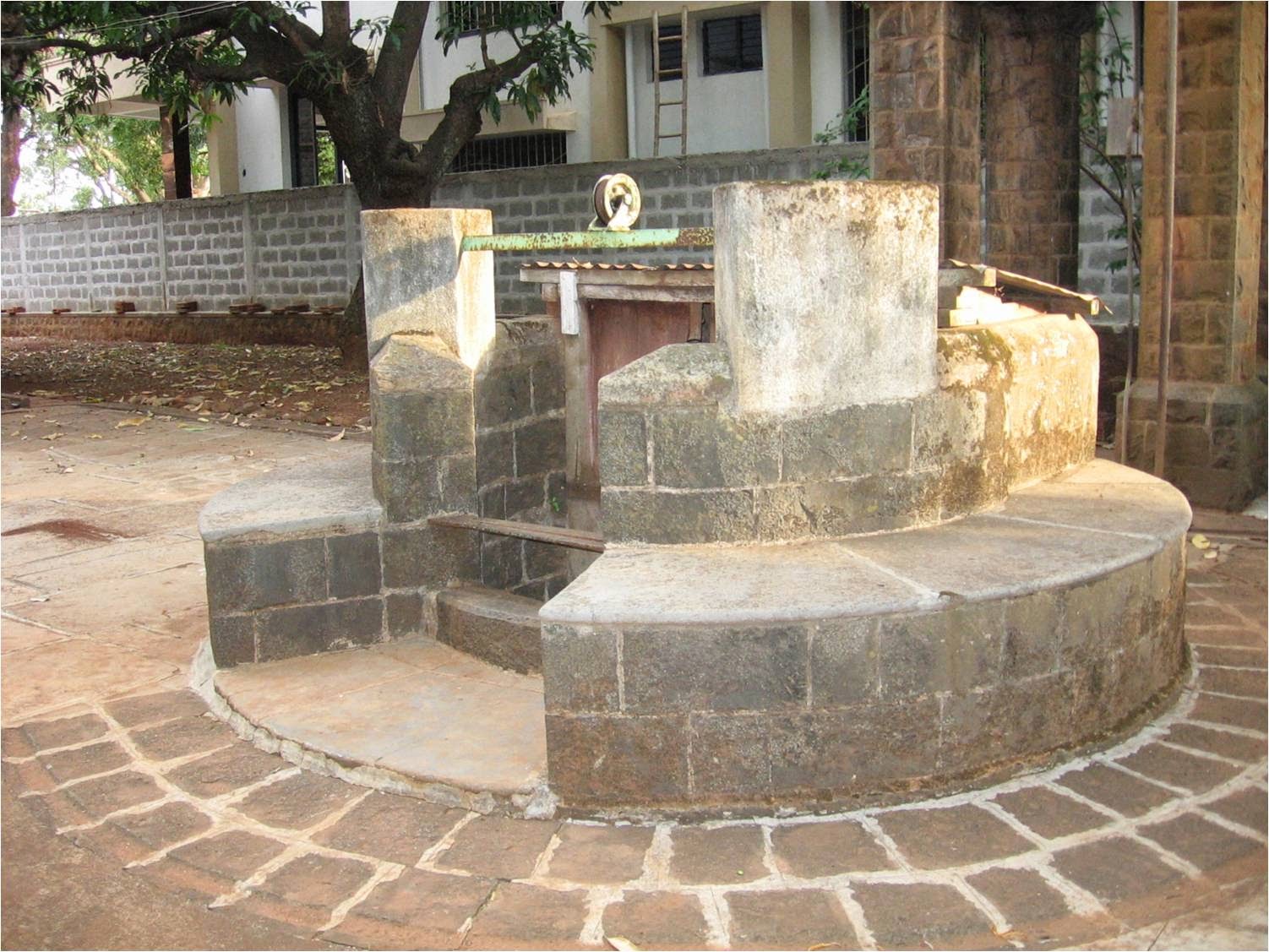Do
or dry: Lessons in RWH - Probably world’s biggest!
Reeling under water shortage, over
23,000 rural schools in the State of Karnataka began to harvest rainwater. The
results are amazing!
If
public water supply in most Indian cities is unreliable, the situation in our
villages is far worse. Hence rainwater harvesting (RWH) is not only the ideal
solution but also the most sustainable one.
Rainwater harvesting entails the collection of rain, where it falls, in a scientific and controlled manner for future use. RWH consists of roof-top water harvesting, water from open areas such as paved ways, parks, roads, fields and in lakes and ponds.
Among the three projects initiated by the Karnataka State Council for Science & Technology (KSCST), ‘Rainwater Harvesting in Rural Karnataka’ is probably the most ambitious and successful RWH project in the world.
Funded by the Rural Development and Panchayat Raj Department (RDPR), Government of Karnataka, the project studied all government schools of Karnataka for water availability, quality (fluoride contamination) and proximity to a secondary water source. Under this programme 23,683 schools were identified, in the first phase, to provide drinking water through roof-top rainwater harvesting using a very simple yet robust system. Generate safe drinking water from the school roof itself.
Rainwater harvesting entails the collection of rain, where it falls, in a scientific and controlled manner for future use. RWH consists of roof-top water harvesting, water from open areas such as paved ways, parks, roads, fields and in lakes and ponds.
Among the three projects initiated by the Karnataka State Council for Science & Technology (KSCST), ‘Rainwater Harvesting in Rural Karnataka’ is probably the most ambitious and successful RWH project in the world.
Funded by the Rural Development and Panchayat Raj Department (RDPR), Government of Karnataka, the project studied all government schools of Karnataka for water availability, quality (fluoride contamination) and proximity to a secondary water source. Under this programme 23,683 schools were identified, in the first phase, to provide drinking water through roof-top rainwater harvesting using a very simple yet robust system. Generate safe drinking water from the school roof itself.
*
Roof-top rainwater is collected and channeled through PVC pipes.
* A first flush separator is part of the pipe line, which allows the rainwater to be flushed out with the contaminants on the roof and subsequent, relatively cleaner water, to pass through sand-bed filter to be stored in the tank.
* A first flush separator is part of the pipe line, which allows the rainwater to be flushed out with the contaminants on the roof and subsequent, relatively cleaner water, to pass through sand-bed filter to be stored in the tank.
Design-wise!
The tank and the sand-bed filter are carefully designed in order to maintain the quality of harvested rainwater. The surface tank is deliberately built without a direct manhole, and one or more taps are provided at the base of the tank. This prevents sunlight from entering the tank (the presence of sunlight and air leads to the growth of bacteria, algae etc). The absence of a regular manhole prevents removal of water by dipping vessels, and also prevents lizards, cockroaches and dust from entering the storage tank. The bottom of the sand-bed filter itself is fabricated as a manhole with perforations and can be removed to clean the tank when the sand bed is removed for periodic cleaning.
The size of the tank and the pipes for collection from the roof are designed using the parameters like local annual rainfall, seasonal variation, number of students in the school and roof area available.
The
rainwater harvesting experiment is a thumping success in almost every rural
school in all the 29 districts of the Karnataka state. Not only because it has
solved the schools’ drinking water problems, but also because it carried home
an important social message. The children, who have witnessed the traumatic
effects of fluorosis — caused by contamination of bore well water — have become
ardent converts to rainwater harvesting. They get a liter of harvested
rainwater in school every day and, in many houses, rainwater harvesting has
become a way of life.
The
simple technique of sand-bed filter and locally available material to build the
storage tank ensures that costs remain affordable.
One
success story in a school will etch the impression on hundreds of young minds
to educate their parents each year on sustainable rainwater harvesting.




.jpg)
.JPG)
.JPG)
.JPG)




.jpg)


.jpg)














